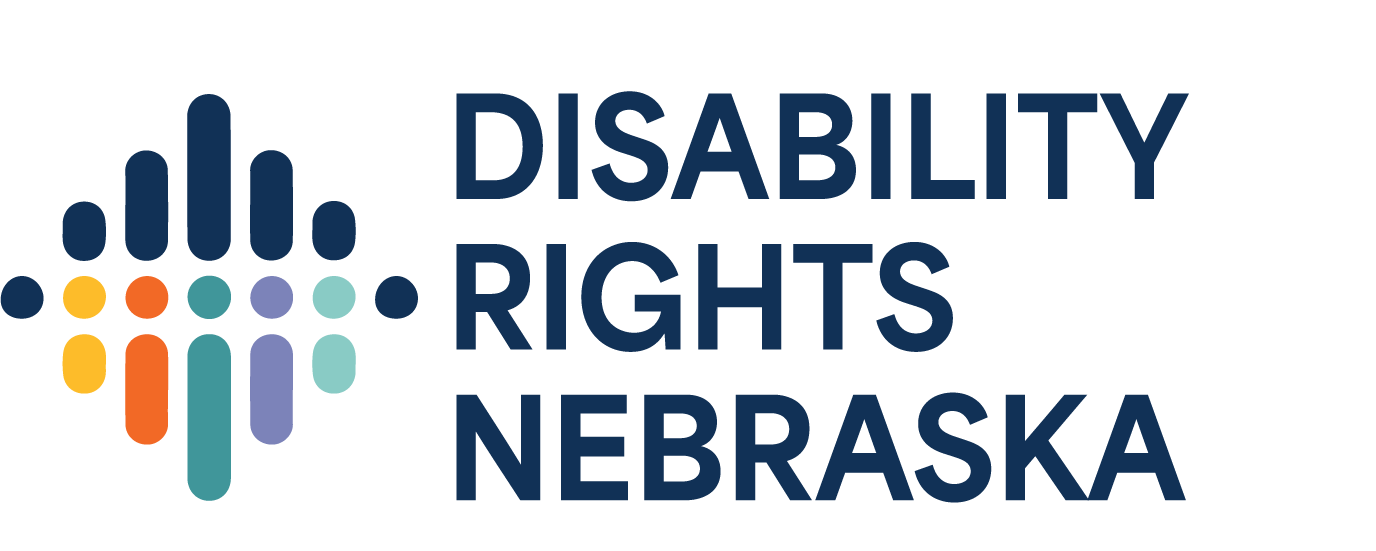As a result of the Workforce Innovation and Opportunity Act (WIOA), new restrictions on subminimum wage went into effect on July 22, 2016. These new requirements under Section 511 of WIOA should be used to divert people from subminimum wage employment, and move individuals from subminimum wage jobs into competitive integrated employment.
As stated in WIOA, the goal of the Act is to “ensure that individuals with disabilities, especially youth with disabilities, have a meaningful opportunity to prepare for, obtain, maintain, advance in, or regain competitive integrated employment, including supported or customized employment.”
The sub-minimum wage provision of the Fair Labor Standards Act dates to 1938, which allows employers to obtain special minimum wage certificates from the Department of Labor. The certificates give employers the right to pay disabled workers according to their abilities, with no bottom limit to the wage.
Segregating people with disabilities limits their opportunities for advancement and economic mobility. The provision is based on the false assumption that workers with disabilities are less productive than workers without disabilities. However, successful employment models have emerged in the last 78 years to assist people with significant disabilities in acquiring the job skills needed for competitive work. The goal of employers should be to transition workers into a traditional workplace, not perpetuate their segregation.


